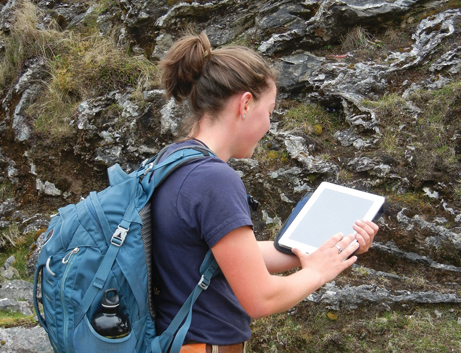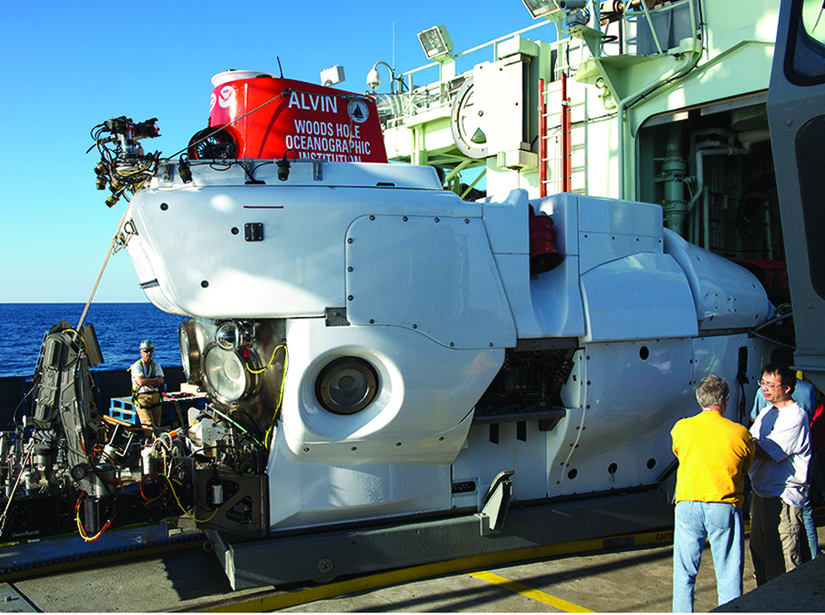To climate scientists, marine fog's physical opacity symbolizes how much remains to be discovered about the atmospheric phenomenon.
Features
Magnetic Storms and Induction Hazards
Electric fields induced in the Earth's lithosphere during magnetic storms can interfere with the operation of electric power grids. Scientists are working to understand this multifaceted hazard.
Time-Lapse Imaging in Polar Environments
New techniques are speeding up the slowest-changing landscapes on Earth.
Crowdsourcing Digital Maps Using Citizen Geologists
Could citizen geologists help scientists make geological maps?
New Indian Ocean Program Builds on a Scientific Legacy
From 1957 to 1965, 46 ships under 14 flags collected data for the International Indian Ocean Expedition. Now, 50 years later, scientists are planning a fresh effort to study the Indian Ocean.
Crop Residue Burning: A Threat to South Asian Air Quality
Smoke from the residues, burned during October and November to ready fields for next year’s planting, emanate from Punjab, a region spanning northwestern India and eastern Pakistan.
Future Mars Rovers: The Next Places to Direct Our Curiosity
Where will the next Mars rovers will land? Think of the selection process as the science fair to end all science fairs, where participating scientists get first looks at the newest Mars data.
How Does Climate Impact Floods? Closing the Knowledge Gap
To better prepare people for future floods, scientists need to dig deep into the past to capture a wide spectrum of both flood and natural climate variability.
Sentinel Satellites Initiate New Era in Earth Observation
The European Space Agency’s Josef Aschbacher talks with Eos about the new Sentinel fleet of Earth observing satellites.
Fifty Years of Deep Ocean Exploration With the DSV Alvin
In June 2014, the Deep Submergence Vehicle (DSV) Alvin, the world’s first deep-diving sub-marine dedicated to scientific research in the United States, celebrated its 50th anniversary.






